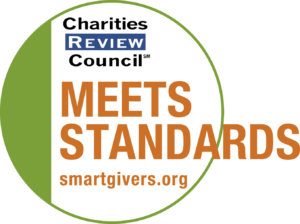
When Carl Keeney, of Maple Grove, begins tutoring first-graders at Elm Creek Elementary in the Osseo School District, they don’t quite have the reading skills expected for their grade level. They’re called “bubble” students – they aren’t far behind, but they’re not proficient.
Without intervention, they’re at risk of becoming part of the 20 percent of third-graders not reading at grade level.
Carolyn Lee, of Plymouth, works with seventh- and eighth-grade students at Prairie Seeds Academy, a charter school in Brooklyn Park. Her students are performing slightly below grade level in math.
Keeney and Lee are tutors with the Minnesota Reading and Math Corps, run by AmericaCorps. If their results are similar to the program’s results statewide, 80 percent of Keeney’s students will read at grade level, and 74 percent of Lee’s students will perform at grade level in math.
“There’s been lots of improvement,” Keeney said.
Lee has seen success as well. She says students are “more confident in their demeanor and how they approach math.”
Keeney and Lee weren’t trained as teachers. They are tutors.
Keeney, who has a granddaughter at Elm Creek, worked in the private sector until he lost his job in 2008. Then he started volunteering at the school. When the school became a Minnesota Reading Corps school last fall, he was the natural candidate for tutor. He finds joy in seeing the students succeed.
“I always wanted to work with kids,” he said.
Lee recently graduated from theUniversity of Wisconsin, Madison, with a degree in biology and psychology.
“I wasn’t sure what I wanted to do,” Lee said. When she saw ads seeking tutors for the Math Corps, she decided to apply.
Lee was attracted to the program because she used to struggle with math in high school.
Tutors with the programs receive training and follow an interactive, step-by-step intervention program designed to help students become more proficient. Along the way, they assess students’ progress.
Teachers help identify at-risk students and refer them to the tutors.
Keeney meets with his students one-on-one about 20 minutes a day, five days a week. He works with them on various reading exercises, such as “duet reading,” in which he and the child take turns reading every other word.
“It’s just amazing to see how excited they are to be there,” he said, adding that he especially enjoys seeing how pleased they are when they learn something new.
Lee said most of her students, who are older, weren’t initially excited to meet with her, but as they met with her in pairs twice a week, that began to change.
“I could tell that some of them didn’t want to be with me at first, because they thought it meant they were dumb,” she said. “But now they like it.”
This school year was the first year tutoring for both Keeney and Lee, and both plan to return in the fall. More than 900 schools will have the Reading Corps or Math Corps next school year.
For their efforts, with the Reading and Math Corps receive a living stipend and an education award.




